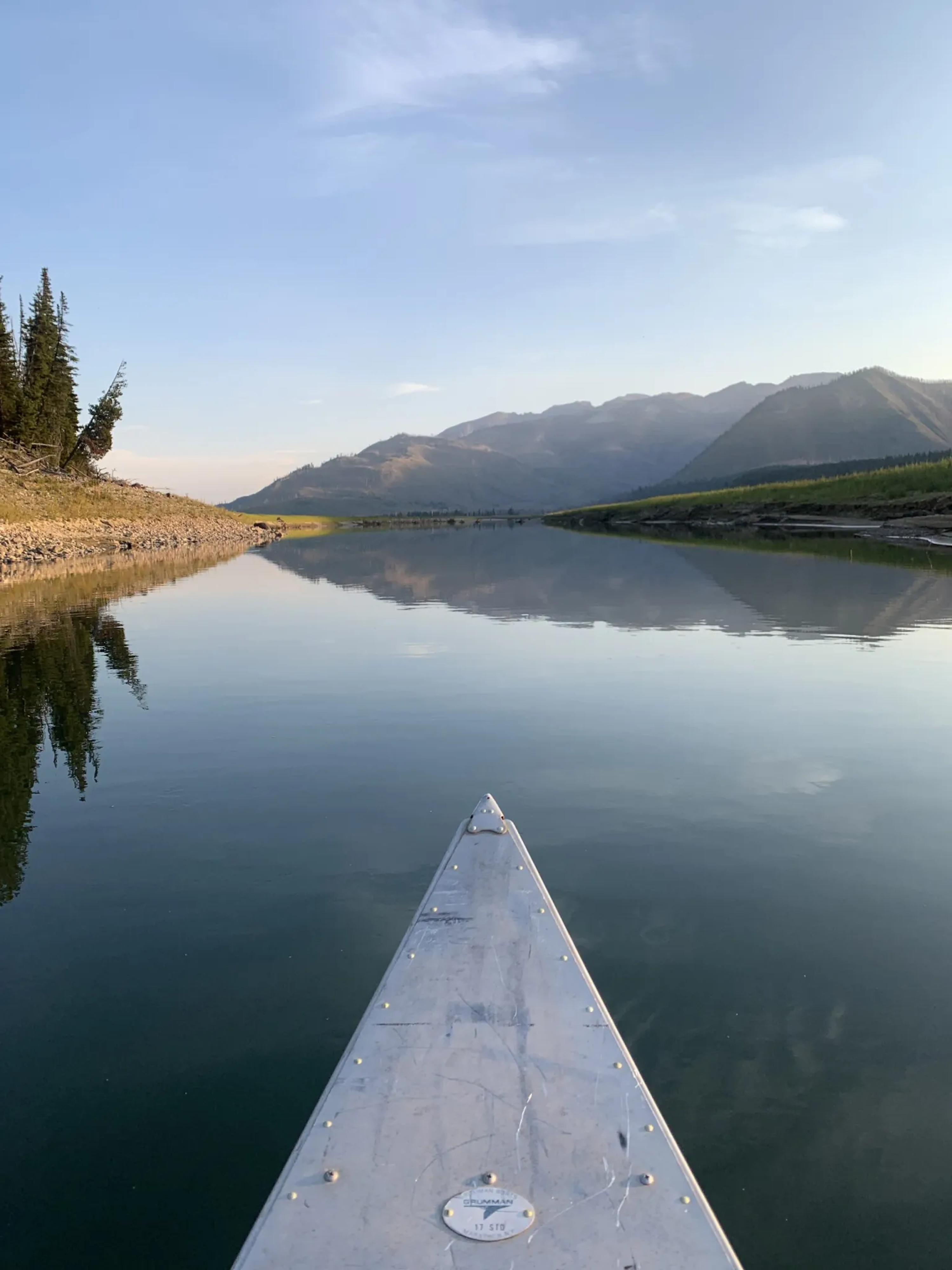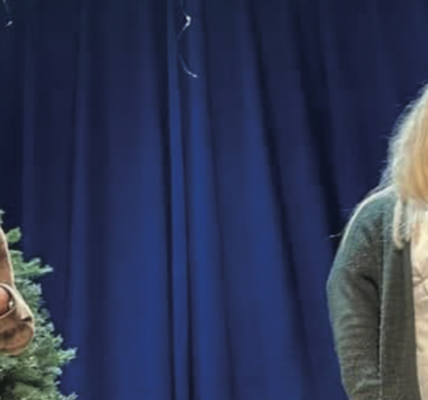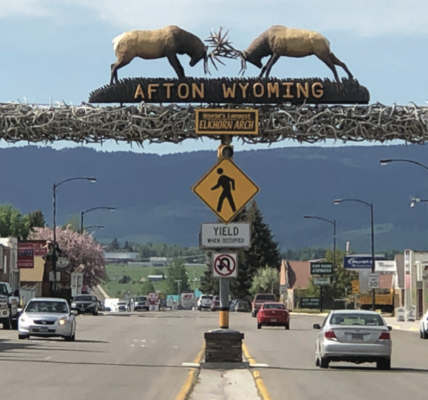
• Precipitation and water content in the mountain snowfields were just above average, but not extraordinary, in most of western Wyoming. At low elevations, though, the snow depths shattered records — and killed tens of thousands of ungulates.
By Mike Koshmrl, WyoFile.com
Jackson Lake likely won’t fill this year.
That may come as a surprise to many amid the avalanche of news about record snowfall at nearby Teton Range ski areas and wildlife walloped statewide to such a degree that officials are taking steps to drastically scale back some hunting seasons.
“It could happen, but it’s not likely,” U.S. Bureau of Reclamation staffer Brian Stevens said of filling the currently quarter-full Jackson Lake.
That, and many other aspects of this harrowing winter, is due at least in part to the unusual way the snow has accumulated — as an “inverted snowpack” with disproportionate amounts pummeling and persisting in lower-lying country.
Total precipitation in the Snake River watershed this season, for example, is 106% of the long-term median — more or less average. But down in the Jackson Hole valley floor and much of Wyoming’s low elevations, snow depths were off the charts.
At lower elevation just miles from the Teton Range and its about-average snowpack, National Elk Refuge biologist Eric Cole measured settled snow depths that were more than double the average from January through March, with a mean of 21 inches and tops of 31 inches. And not only was there a lot of it, all that snow stuck around.
“The melt started remarkably late,” Cole said. “Typically the snowpack starts declining on the south end of the refuge around the second week of March, but this year it began around April 8.”
That was bad news for wildlife, even on the refuge where elk are fed. As of April 11, nearly 13% of all the calves dwelling on the U.S. Fish and Wildlife Service property had keeled over — more than triple the average death rate.
Bottom-heavy snowpack lingering long into spring was widespread in Wyoming. And so were consequences for wildlife like mule deer and pronghorn, which starved to death by the thousands.
“I’ve been looking at modeled snow depths across the region and where you’re normally seeing maybe two inches of snow on the ground, you’re up at 16, 17 inches of snow,” said Tony Bergatino, who directs the University of Wyoming’s Water Resource Data System.
Those low-elevation depths were unlike anything folks working today can recall seeing. At one low-elevation plot Bergatino monitors east of Rock Springs near Interstate 80, the previous high of modeled snow depth since 2004 was about 12 inches.
“Whereas right now that area’s sitting at about 24 inches,” down from an April 5 peak of 27.9 inches he said. “It was really anomalous.” And like on the Elk Refuge, it too persisted much later than usual.
“If you look at the median, the snow’s pretty much gone by then and the average over the last 20 years would be about 2.5 inches,” Bergatino said. “It was over 10 times higher [on April 5] at that particular location.”
Wyoming Game and Fish Department biologist Gary Fralick, who manages the Wyoming Range Mule Deer Herd, said there’s no doubt in his mind that winter 2022-’23 has been the harshest for wintering deer of his 30-year tenure. The same anomalous deep, long-lasting, low-elevation snowpack appears to be the cause. Overall precipitation in the Upper Green River Basin — which encompasses much of the Wyoming Range herd’s easternmore winter ranges — has been only 108% of the median and its snowpack sits at 116%.

The winter of 2016-17, by contrast, which ravaged Wyoming Range mule deer, dumped a roughly 200%-of-median snowpack at the peak of winter. Yet, because it fell mostly in the high country, it wasn’t as deadly to deer as this winter is likely to end up, in Fralick’s estimation.
“Of all the winters, undoubtedly this current winter is going to be the worst that they’ve experienced,” he said. “Conditions that I’ve seen on the La Barge winter ranges and the Cokeville winter ranges are the most extreme snow conditions that I’ve ever seen.”
Especially near La Barge, there were simply no wind-scoured slopes, which free up forage for deer, Fralick said.
Deer and pronghorn died en masse and are still dying because of it.
Wyoming Game and Fish officials walked through some of the mortality data during town hall-style winter wildlife meetings in Pinedale and Rawlins — the latter meeting held remotely because of an April snowstorm.
As of the March 30 meeting in Sublette County, about half of the adult pronghorn between Rock Springs and Pinedale had succumbed to winter and a pneumonia-causing bacterial infection, Mycoplasma bovis. Adult deer mortality in the region hit roughly 30%, Game and Fish Director Brian Nesvik said. Almost all the fawns of both species had perished, an entire age class wiped off the landscape.
The state agency has since proposed fairly sweeping changes to the fall hunting seasons proposed in the Green River Basin and beyond. Some doe and fawn pronghorn hunts that would have targeted hundreds of animals have been canceled and Type 1 “any antelope” tags typically used on bucks have been vastly reduced. Mule deer hunting seasons have been shortened by a week, new antler point restrictions imposed and youth hunts have been altered to exclude does and fawns.
The Wyoming Game and Fish Commission will decide whether to act on those hunting season changes at its April 18 meeting in Casper.
Sen. Larry Hicks (R-Baggs), addressing attendees of the remote Rawlins winter wildlife meeting, spoke to how the unusual snowpack has affected wildlife.
“Our snowpack across the Green River basin is inverted,” Hicks said. “The abnormal year that we’re having is that our low-elevation sites across the Salt River, Bear River, Little Snake and Green River basin are our highest snowpack [sites]. That’s an indicator of our winter range conditions.”
There are a few exceptions: Parts of the state where the snowpack was exceptional regardless of elevation, said Jeff Goats, a soil scientist with the Natural Resources Conservation Service’s Wyoming office. That’s true in the Little Snake Basin, he said, even with its inverted snowpack. The basin as a whole still has a 158%-of-median snowpack. The Upper Bear River Basin in far southwestern Wyoming sits at 162%, and the Belle Fourche River Basin, which drains from the Black Hills, is registering a 144% snowpack.
WyoFile is an independent nonprofit news organization focused on Wyoming people, places and policy.





